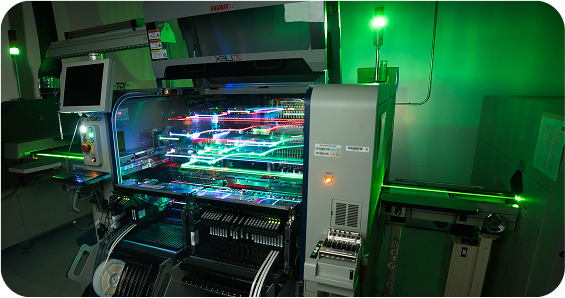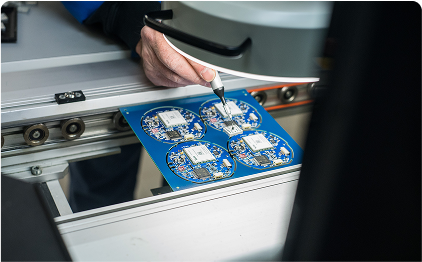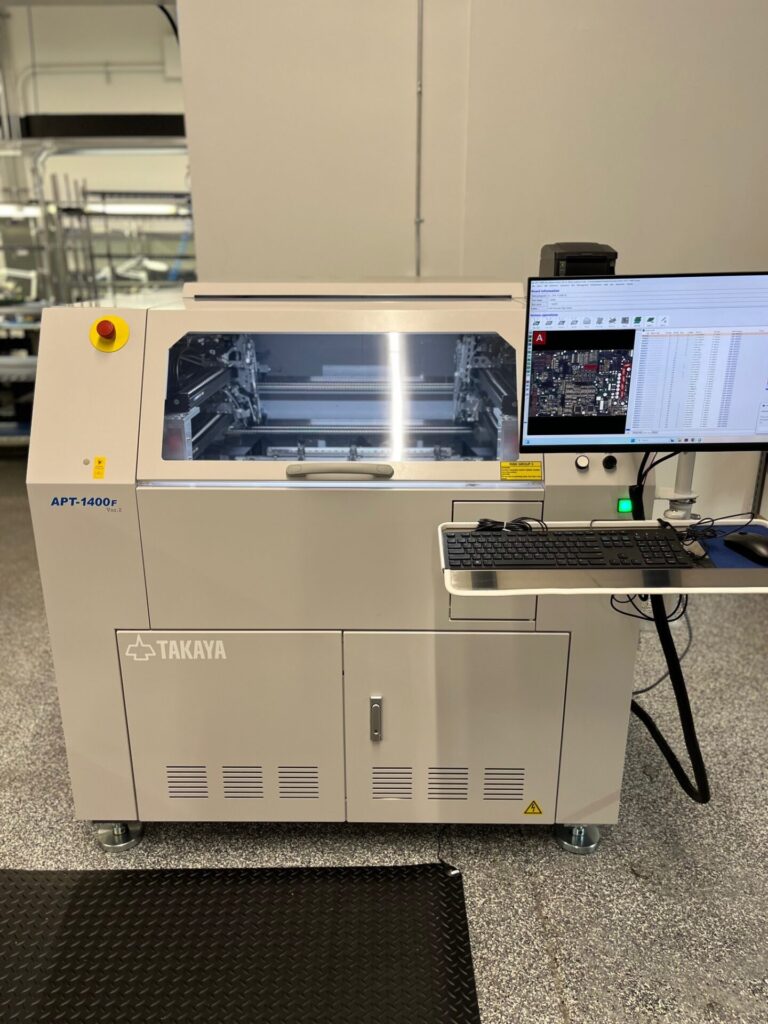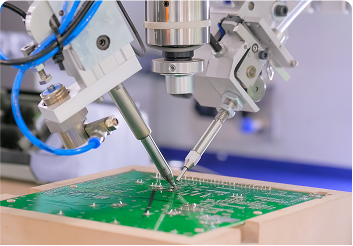Quick-Turn PCB Services: Stay Ahead of Deadlines

When developing electronic products, meeting tight deadlines is crucial. Quick-turn PCB boards offer a solution to this challenge, providing faster prototyping and manufacturing times. With these services, you can speed up your development cycle and stay on schedule. The Power of Quick-Turn PCB Boards Quick-turn PCB boards are designed to be produced in a fraction […]
Streamlining Production with Turnkey PCB Assembly Services

In modern electronics manufacturing, delivering reliable products quickly often depends on having the right process and the right partners. Turnkey PCB assembly meets tight deadlines by letting one provider handle everything from sourcing to inspection. This approach reduces delays, lowers risk, and guarantees greater control over quality. What Is Turnkey PCB Assembly? Turnkey PCB assembly […]
Tracer Inc. Revolutionizes PCB Testing Capabilities with the Addition of Takaya APT-1400 Flying Probe

Official Press Release Tracer Inc., renowned for its expertise in advanced quick-turn and small-scale production of printed circuit board assemblies, is proud to introduce the latest enhancement to its testing suite – the Takaya APT-1400 Flying Probe system. This cutting-edge technology is set to redefine PCB assembly and testing processes, showcasing Tracer Inc.’s ongoing commitment […]
Tracer Inc. Receives Grant
Press Release FOR IMMEDIATE RELEASE Tracer Inc. Receives Grant Golden, CO – November, 21, 2023 –Tracer Inc. a quick turn electronics manufacturer has been recognized as one of twenty-five Colorado companies to receive a $250,000 grant through OEDIT’s Advanced Industries Accelerator Program. The Office Economic Development and International Trade rewards these grants to promote growth […]
PCB Prototype: Choosing An Agile Services Provider

Introduction: PCB Prototype The demand for high-quality printed circuit board (PCB) prototypes is ever-increasing. Companies that specialize in PCB prototyping face the challenge of meeting rigorous quality standards while also delivering products swiftly. For businesses in sectors such as aerospace, defense, medical, and industrial automation, selecting the right PCB prototype provider can significantly impact their […]
PCB Assembly: Selecting the Right Supplier for Complex Needs

Introduction: PCB Assembly In the dynamic world of electronics manufacturing, the importance of high-quality printed circuit board (PCB) assembly cannot be overstated. Companies often find themselves in situations where they must meet tight deadlines, navigate complex technical requirements, and ensure superior product quality. This blog will explore the critical factors involved in choosing the right […]
Quick Turn PCB Assembly: Maximizing Efficiency and Quality
Introduction to Quick Turn PCB Assembly In today’s fast-paced electronics industry, quick turn PCB assembly has become a vital service, enabling companies to meet tight deadlines without sacrificing quality. Quick turn PCB assembly refers to the expedited process of producing printed circuit boards (PCBs) from design to final product. This service is essential for various […]
PWB Board: Crucial Guide to Further Learnings

PWB Board: Introduction Printed Wiring Boards (PWBs) are crucial components in the electronics manufacturing industry. Their functionality and reliability are paramount, as they form the backbone of various electronic devices across industries like aerospace, defense, medical, and automotive. To ensure high performance and durability, several assembly support activities are necessary. These activities include component sourcing, […]
PCB Board Manufacturer USA: Essentials For Industry

PCB Board Manufacturer USA: Introduction PCBs, or printed circuit boards, are the backbone of modern electronic devices, playing a pivotal role in industries ranging from aerospace to medical devices. As demand for precision electronics continues to rise, the importance of partnering with a reliable PCB board manufacturer USA becomes increasingly evident. These manufacturers provide essential […]
Printed Circuit Board Prototype: Quick Turn Quote Guide

In manufacturing, the process of developing a PCB printed circuit board prototype demands precision, speed, and seamless integration across multiple stages. The process from the initial RFP request for a proposal to receiving a quote involves important steps to ensure a quick and accurate response. This guide explores the essential steps to generate a quick […]